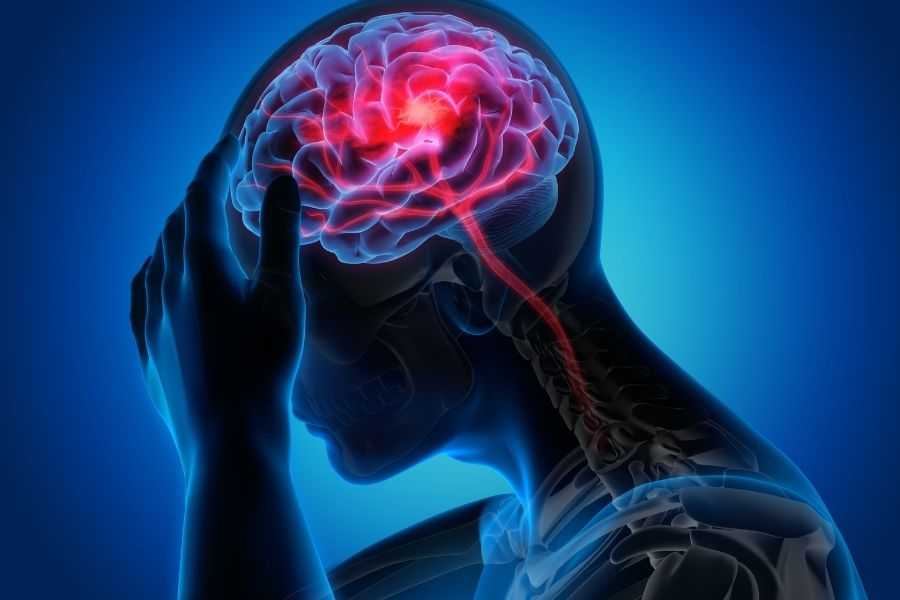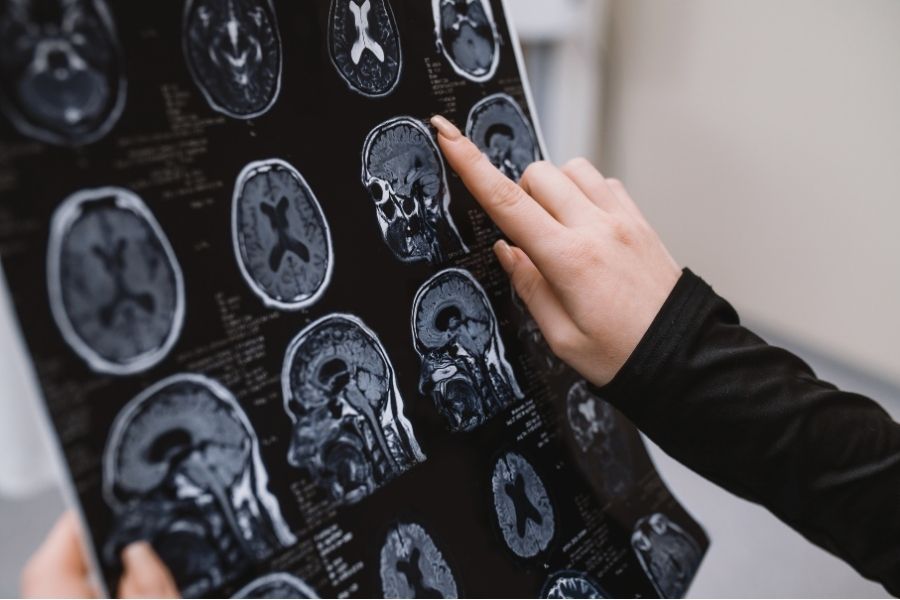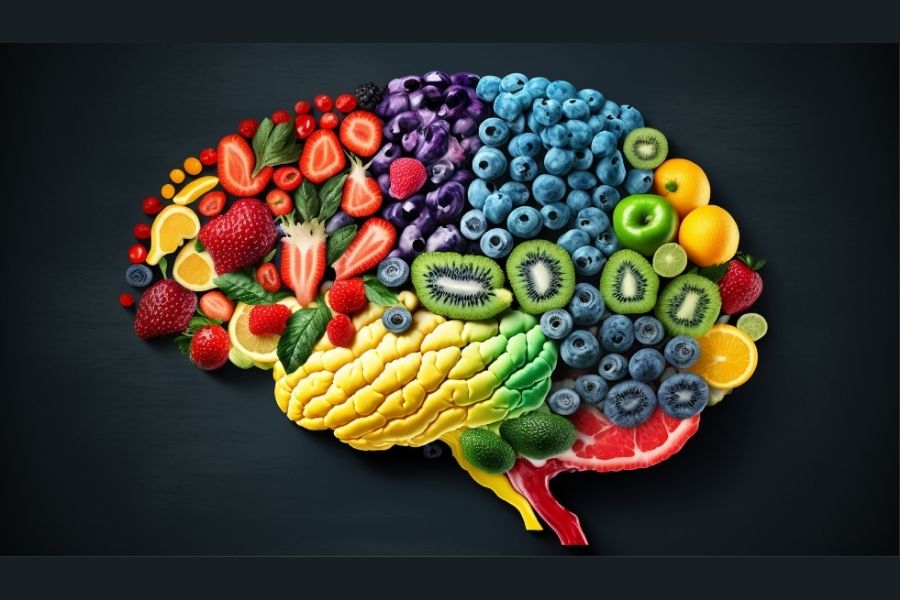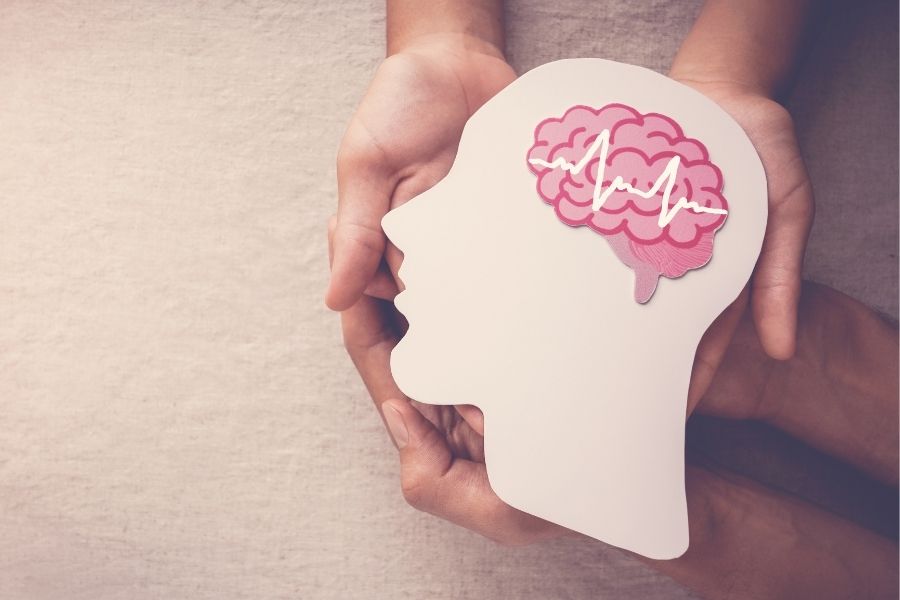A stroke can happen to anyone, anytime — but with today’s medical advancements, it is increasingly becoming a condition we can predict, prevent, and manage better. As the world marks World Stroke Day today (October 29), experts from Kolkata say the future of stroke care lies in the powerful combination of technology and prevention. From AI-driven diagnostics to everyday lifestyle changes, the fight against stroke is becoming smarter, faster, and more hopeful.
Technology meets prevention

According to Deep Das, neurologist at CMRI Kolkata, stroke prevention today is as much about technology as it is about healthy living. “Most strokes are linked to everyday health factors such as uncontrolled blood pressure, diabetes, cholesterol, smoking, or lack of physical activity. Making small but steady changes in these areas can have a lasting impact,” he said.
What is changing, Das explained, is how hospitals respond when a stroke does occur. “At CMRI, AI-assisted imaging systems help detect early signs of a clot or bleed within moments of a patient arriving. The scans are processed in real time, allowing doctors to decide faster on life-saving treatments such as clot-dissolving medication or thrombectomy,” he said.
He added that technology is helping bridge the critical gap between symptom onset and treatment — a window of just a few hours that determines how much of the brain can be saved. “While prevention remains the strongest defence, innovation is making stroke care faster, more accurate, and far more hopeful than ever before.”
Nilay Biswas, senior consultant – neuro surgery, Narayana Health (Mukundapur and Howrah), said that new technologies have greatly transformed stroke management. “For ischemic strokes, timely thrombolysis within four hours can dissolve clots and restore blood flow, while mechanical thrombectomy performed up to 24 hours after onset allows direct removal of the clot through an endovascular procedure. In haemorrhagic strokes, endoscopic techniques enable minimally invasive removal of brain bleeds,” he said.
However, Biswas added that the focus should always be on prevention. “Regular exercise, a balanced diet, avoiding smoking and alcohol, monitoring blood pressure, sugar, and cholesterol, and managing stress are essential to reduce stroke risk since even the best treatment rarely restores full pre-stroke function,” he said.
Prevention begins with awareness

Biswas also stressed that even with cutting-edge medical technology, awareness and prevention remain key. “Stroke can affect anyone. But you have the power to lower your risk significantly,” he said.
He highlighted the importance of a balanced diet rich in fruits, vegetables, whole grains, and lean proteins while cutting down on salt and processed foods. “Regular exercise, even brisk walking for 30 minutes a day, improves circulation and supports both heart and brain health. Managing stress is equally important, as chronic stress can raise blood pressure and lead to unhealthy coping habits,” he added.
He encouraged regular health screenings to track blood pressure, blood sugar, and cholesterol levels — three key indicators that, when controlled early, can prevent a stroke from happening.
Eat smart, live better

Nutrition is another powerful tool in stroke prevention, said Payel Kumar Roy, HOD of dietetics and critical care nutritionist, Techno India Dama Hospital. “Nearly one in four stroke survivors will have another stroke, but managing blood pressure, eating well, and staying active can significantly lower that risk,” she said.
Roy recommended a diet centred on fruits, vegetables, whole grains, fish, legumes, and healthy fats like olive oil and avocados. “Processed foods, red meat, high-sugar drinks, and excess salt or alcohol should be avoided. A stroke diet supports brain recovery and reduces future risk,” she said.
She also highlighted the role of stress management and mindfulness. “Recovery takes time, and mental health plays a big role in preventing recurrence. Staying calm and balanced helps the body heal better.”
Recognise the warning signs

Doctors remind everyone to remember the F.A.S.T. acronym — face drooping, arm weakness, speech difficulty, and time taken to call emergency services. Acting fast can save lives and reduce long-term damage.
As Kolkata’s specialists point out, stroke prevention today is no longer just about medication or lifestyle — it’s about smart living supported by smart systems. With AI, advanced imaging, and digital health tools working alongside daily wellness habits, the future of stroke care looks not just faster, but far more effective.
